I’m almost finished with a banner inspired by the teals, oranges, and sage greens of the Huntington Library cactus garden. The warp (10/2) and weft (20/2) are hand dyed cotton and the inlay is 8/2 tencel. This creates some funky selvedges, but I’m very pleased with the look of the tencel inlay against the cotton. There are clearly some issues with the set since the warp has self-divided into groups of two according to how it was dented. Probably should have set it closer to overcome that.
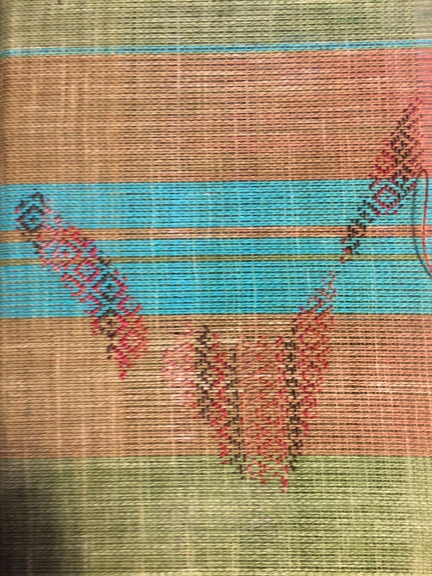
I also recently finished a huck lace wall hanging inspired by Taliesin West. The yarns are Berroco Modern Cotton that was ice dyed and some wool that I spun myself. As a very novice spinner, I thought the irregularities in the spun yarn worked well with the commercial yarn to mimic the chaotic rock shapes of the walls at Taliesin.
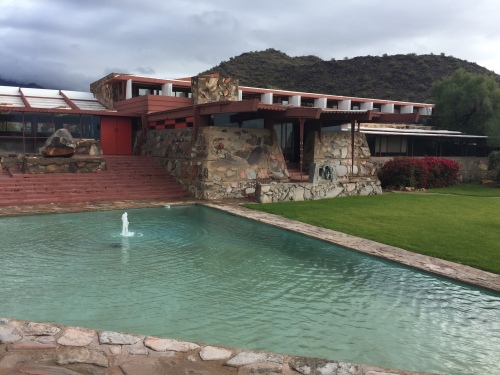




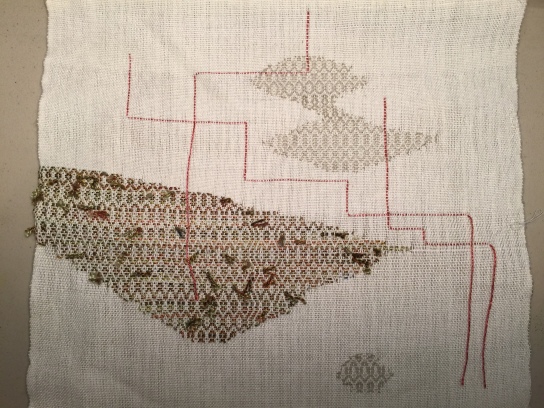






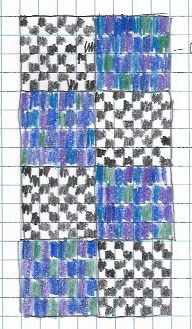
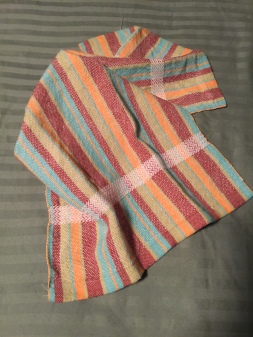
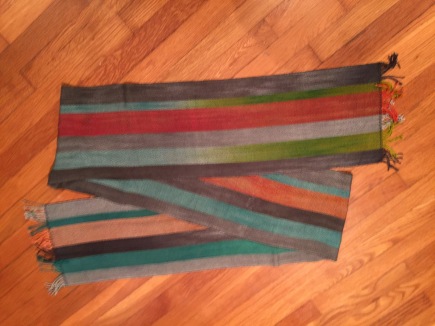
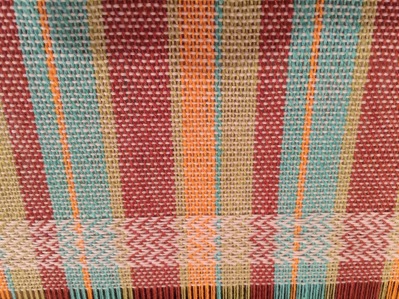
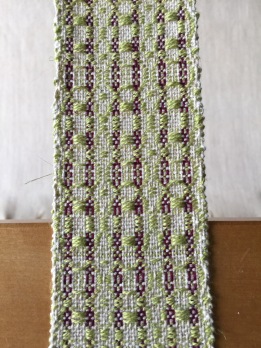



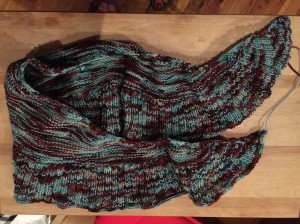
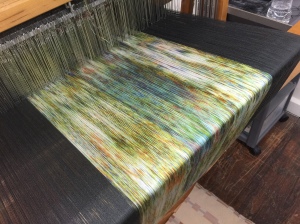
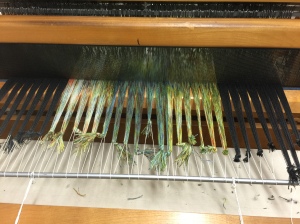
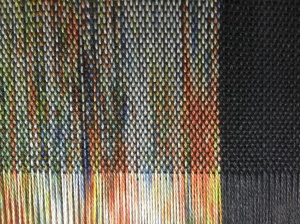

 ?
?